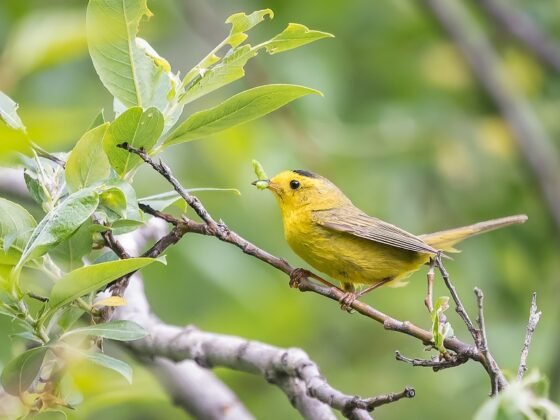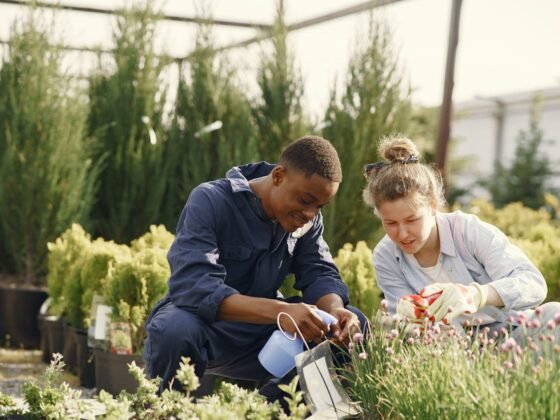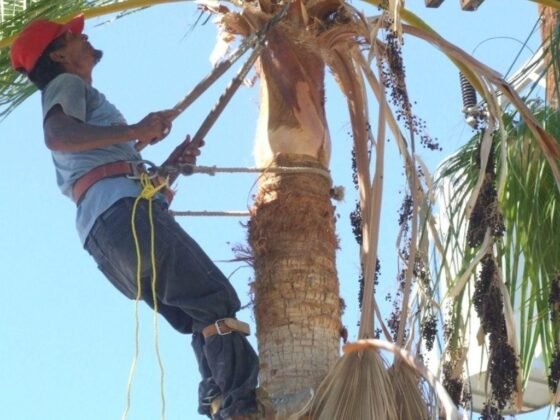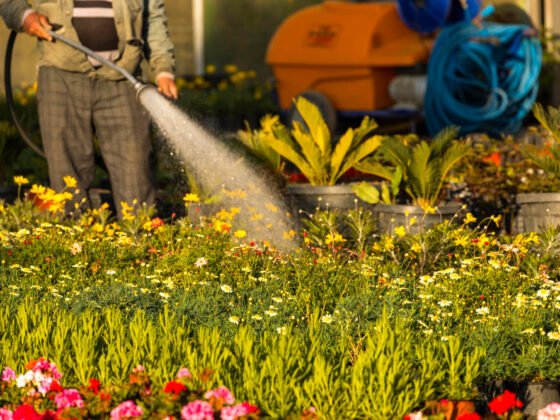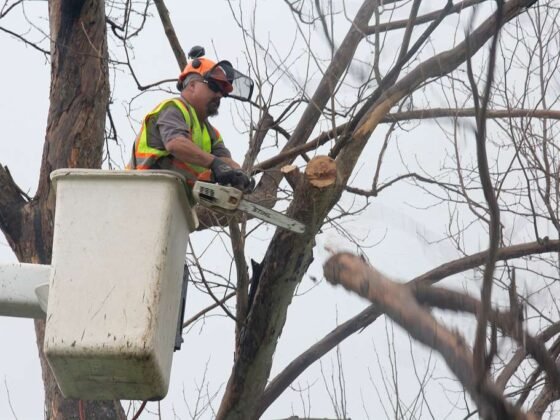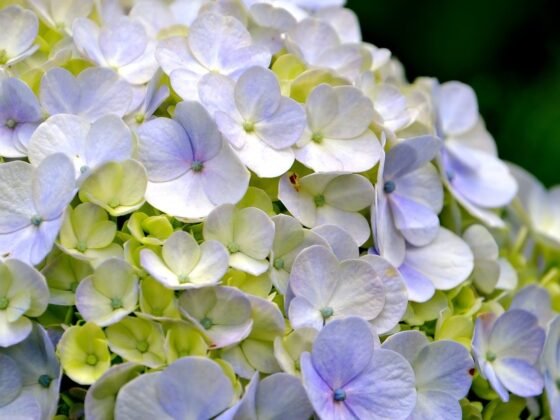Table of ContentsShow
Knockout roses are the low maintenance rose variety. The plants are able to protect themself from most of the problems. Thereafter, some problems can be so harmful to the knockout roses such as holes in the leaves.
If you don’t take effective steps to control it, it can be the most destructive problem for your rose garden. To control this problem, you must know what are the actual reasons behind it. Insecticide, fungus, cultural damages can be the reason for holes in leaves knockout roses.

How to know what exactly happens to your knockout roses?
Don’t worry! In this article, I will help you to find why the Knockout roses have holes in the leaves and what are the natural treatments.
So, without further ado, let’s dive in –
Causes and Treatment of Holes in Knockout Rose Leaves
Holes in knockout rose leaves are a problem that has many reasons. If you don’t know about the real problem, then you will never find effective solutions.
Read Also:
- Keeping Red Roses Red by Natural Fertilizer & Fertilizer with Nitrogen (Fertilizer Numbers)
- Types of Flowers and Roses Which Will Make Your Garden Looks Attractive
- How to Landscape Your Front Yard, Plans You Can do Yourself
- How to Incorporate Dried Flowers to Your Home Design
- How to Create an All-Season Flower Garden?
1. Insects on Knockout Roses
Insects can be the main culprit of this problem. There are lots of rose insects but all of them can’t create a hole in rose leaves. Beetles rose slugs, cutter bees, rose chafers, sawfly, and some other caterpillar type insects can create small to big holes in the roses, double knockout and knockout rose leaves.
Treatments
First, you have to identify the insects, if you notice rose slug, sawfly, and caterpillar type insects. Then spray a Bacillus thuringiensis containing insecticide or Sluggo or Bug Beta slug killer insecticide.
Or if you notice the other cell sucking insects, apply neem oil, insecticidal, or pyrethrin insecticide to kill them. All are the natural insecticides that are safe for plants and the environment.
Before applying these insecticides, read the label of the insecticide and remove the affected leaves carefully from the rose bushes.
Want to make your own insecticide? follow the steps –
- Take a big container and pour 1 gallon of clean water.
- Add 2-3 tablespoons of liquid dish soap and 1 tablespoon of neem oil or vegetable oil.
- Shake the solution and spray it on your rose plants.
2. Fungal Diseases
Fungal diseases on the knockout roses can create tiny holes on the leaves. If you notice holes in knockout roses leaves with white spots, it must happen to fungus. Fungal infestation is more destructive for the garden. Because it can spread from affected leaves easily.
You can also notice the black spots on rose leaves with some irregular shaped holes because of the fungal infestations.
Solutions
Spraying a good fungicide is the best way to deal with the fungal infestation on knockout roses. Copper, Tebuconazole, Bacillus subtilis, and vegetable oil containing fungicides are the best for getting rid of holes in the knockout rose leaves.
You can also spray neem oil to kill both insects and fungus and you will be happy to know, it contains azadirachtin as the active ingredient that is completely safe and effective.
Here is some homemade fungicide that can save your money. To make the recipe, follow the steps –
Neem oil Fungicide
- Mix 1-pound neem oil into 0.2-pound water.
- Add 2.1 ounces caustic soda.
- Mix well and spray the solutions as a fungicide
Baking Soda as Fungicide
- Take 1 gallon of into a container.
- Add 4 tablespoons of baking soda and 1 tablespoon of liquid soap.
- Mix properly and boom! Fungicide is ready to spray.
Apple Cedar Vinegar as Fungicide
- Take 1 gallon of water.
- Add 4 tablespoons of vinegar
- Mix and spray the fungicide
Warnings
Homemade insecticides and fungicide may burn the leaves because of the high density. So, you have to test on some leaves before spray thoroughly.
To do that- spray the homemade solutions on 5-10 leaves and wait 24 hours. If you don’t notice any burn sign then apply the homemade solution to entire plants. But if you notice any burn sign, dilute the solution by adding some water.
Also, don’t forget to spray water on the plants before spraying homemade solutions.
3. Cultural Problems
Your wrong cultural actions can create holes in the knockout roses. You notice insecticide on the rose plant and sprayed insecticide on the plants. Now big holes appear on the knockout rose leaves. It happened because of the wrong insecticide or overdose of the insecticide.
It also happened if you apply the wrong fertilizer or apply too much fungicide to your knockout roses.
Treatments
Apply the always specially formulated knockout rose fertilizer by maintaining the label doses and directions.
Never apply insecticide or fungicide without testing on some leaves.
4. Domestic Pets and Animals
Your pets and other animals can create holes on the knockout roses. You must observe more carefully to know that any pets or animals get involved with it or not.
Treatments
Keep away your pets from the rose plants. If you notice any other animals like deer and voles, apply deer repellant or voles trap. How to get rid of voles and 17 ways to get rid of deer are the articles that can help you to get rid of voles and deer from your garden.
Conclusions
Knockout roses are the beauty of the yard and garden. They have beautiful leaves too. And you will be happy to know that, healthy roots and leaves are the sign of healthy plants. You also know, only healthy plants can produce healthy and robust blooms.
But it is a matter of great sorrow if you notice any unnatural holes in the knockout rose bushes. The holes can be the sign of insect, fungus infestations, faulty cultural operations. So, you need to know everything about the holes on the knockout rose leaves.
For your convenience, I tried to know everything about it. Hope you got the perfect solution through my writings. Now treat your knockout roses and enjoy the beautiful rose blooms.

